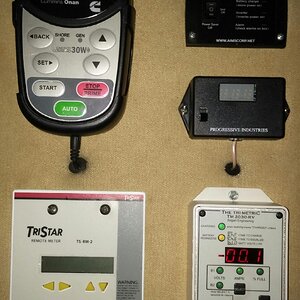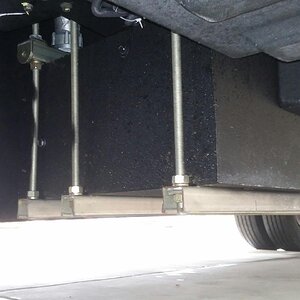- Joined
- Jan 19, 2021
- Messages
- 3,614
- Location
- Rosemary Farm
- RV Model
- Between RVs
- TOW/TOAD
- Toadless
- Fulltimer
- No
I was going to get into the possible open neutral condition that may be at your power source and the cause of your issues, but found this article and it explains everything much better than I can. Good rainy day reading:
So read this start to finish, then check everything in your power source if its at your own property, or if you are in a camp ground, ask the owners. I have a Precision Circiuts EMS and always thought that was enough, but before this trip I bought a Progressive Industries surge protector Progressive Industries SSP-50XL form Amazon for $109 (now they are $132) and while I don’t worry much about power surges, it also tests the outlet and verifys that it is delivering power properly (although not under load) and tells you the pedestal is good (or not) before you plug in. Note the first item on the “product features” list is open neutral and ground.
My son the all-knowing genius/inventor (police detective by profession) and sine-qua-non solar and lithium guru, would say these are a waste of money, but its not his coach, and I am glad I spent the $109 to have a little peace of mind.
Open Neutral
www.myrv.us
So read this start to finish, then check everything in your power source if its at your own property, or if you are in a camp ground, ask the owners. I have a Precision Circiuts EMS and always thought that was enough, but before this trip I bought a Progressive Industries surge protector Progressive Industries SSP-50XL form Amazon for $109 (now they are $132) and while I don’t worry much about power surges, it also tests the outlet and verifys that it is delivering power properly (although not under load) and tells you the pedestal is good (or not) before you plug in. Note the first item on the “product features” list is open neutral and ground.
My son the all-knowing genius/inventor (police detective by profession) and sine-qua-non solar and lithium guru, would say these are a waste of money, but its not his coach, and I am glad I spent the $109 to have a little peace of mind.












